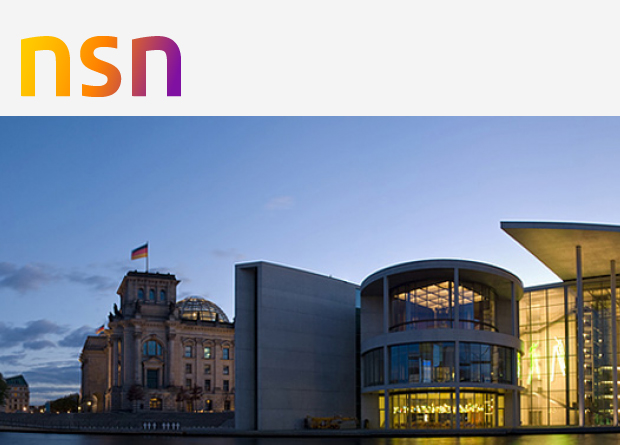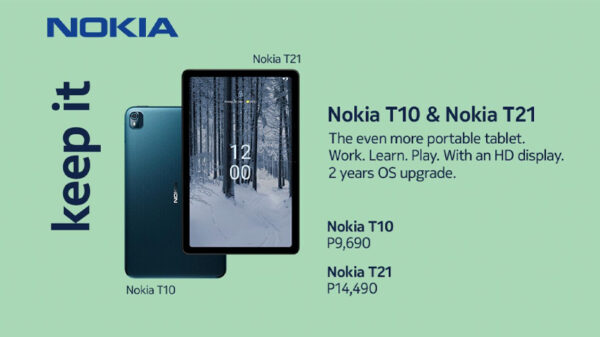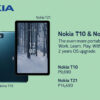Driven by an enormous amount of data applications relying on the same network, the volume of mobile data is increasing at a faster rate. This is where long term evolution (LTE) technology comes in to provide bigger capacity, and faster connection and response time. To protect these data and LTE networks, a dedicated security solution is required, according to Finnish-owned mobile broadband specialist Nokia Solutions and Networks (formerly Nokia Siemens Networks).

NSN offers a 3GPP-compliant end-to-end security solution built for long term evolution (LTE) technology. The implementation of this new solution not only improves customer experience, but also provides security measures to protect these customers as well as the networks, from hacking and other cyber-attacks.
“Networks have to be secured and to deal with traffic growth, put solutions in place to protect the users’ data,” said Markku Nieminen, NSN Philippines country manager.
Intended to protect the mobile core and customer data efficiently, this solution has the capability to secure the data between the base station and the core network with IP security.
Another NSN offering is the NetAct which simplifies operations for LTE security roll-outs. It provides comprehensive management of all communications networks and improves the quality of the network and the services. It has the capability to let the user access all relevant data quickly and easily.
The company also announced the latest technology development in LTE, the LTE-Advanced. A key feature of this technology is the carrier aggregation which empowers the operators to create larger “virtual” carrier bandwidths for LTE services when separate spectrum allocations are combined.
Nieminen said that this aggregation is more efficient to use and it can double the capacity to 750 megabits per second. This way, high peak data rates and increased average data rates for users can be achieved.
NSN is implementing its Technology Vision 2020, a hands-on approach to innovation that will enable broadband networks to profitably deliver one Gigabyte of personalized data per use per day by 2020.
The Technology Vision supports the following key requirements for networks towards 2020: (1) support up to 1000 times more capacity with higher spectral efficiency, more spectrum and small cells; (2) reduce latency to milliseconds by implementing bandwidth, proximity and control to substantially reduce network latency; (3) teach networks to be self-aware by creating cognitive networks to autonomously handle complex end-to-end network and service management; (4) flatten total energy consumption with efficient radio technologies, high utilization and network modernization to keep network energy consumption flat even as traffic grows; (5) reinvent telcos for the cloud by leveraging cloud computing approaches to create software-defined, programmable infrastructure; and (6) personalize the network experience by implementing cognitive networks to dynamically improve the experience of selected users.
Having 49,100 employees globally, NSN’s strategic pillars include focus on mobile broadband and services, maintain value through focused innovation, and use quality as a differentiator. “The company targets a software that is zero-failure when released,” Nieminen ended.


















































































































